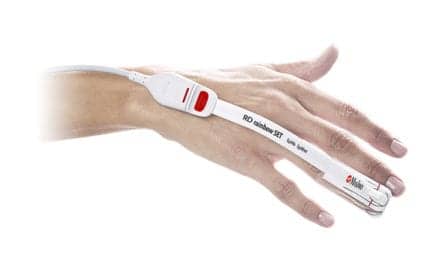Most children visiting hospital emergency departments with anaphylaxis, a severe and potentially life-threatening allergic reaction, could be discharged after two hours or less—half the time of current minimum guidelines, according to a new national study.
The research was presented at the 2023 Pediatric Academic Societies Meeting.
Researchers conducted a study of 4,735 children aged 6 months to 18 years who had anaphylaxis and received at least one dose of epinephrine in the pre-emergency department or emergency department setting between 2015 and 2019.
The study suggests current national guidelines could be updated to require only two hours of observation for patients without cardiovascular symptoms. The existing guidance recommends a four- to six-hour observation period after anaphylaxis. Among the study group, researchers found patients with no respiratory or cardiovascular symptoms may be able to be discharged after only five minutes; patients with respiratory symptoms could be discharged after one hour; and patients with cardiovascular symptoms could be discharged after two hours.
“Data to back up current guidelines for anaphylaxis observation times is severely lacking, leading to inefficient care, emergency department overcrowding, and inconvenience for patients and families,” says Tim Dribin, MD, associate professor of emergency medicine at Cincinnati Children’s Hospital Medical Center and presenting author, in a news release. “Our analysis shows there is a way to safely streamline care and give crucial time and resources back to patients, families, and providers.”
The study authors note additional research is needed before the findings can be implemented in a clinical setting.










